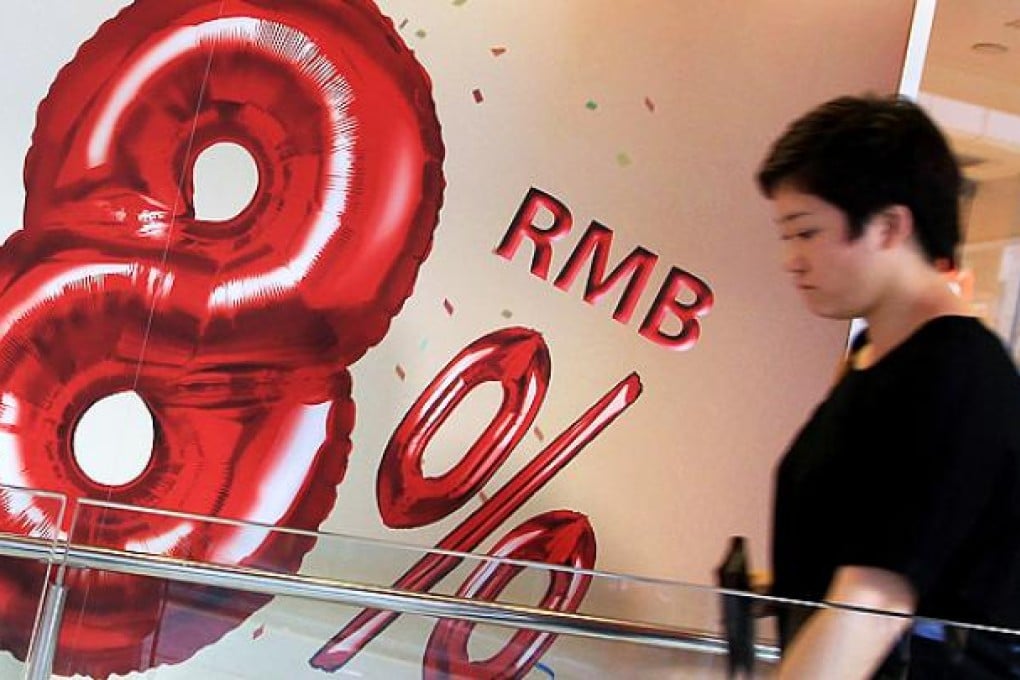Boost to China's money supply brightens outlook
New loans extended by mainland banks grew more than anticipated last month, suggesting there is ample liquidity available to support a recovery

New loans extended by mainland banks and non-bank entities grew more than anticipated last month, suggesting there is ample liquidity available to support a recovery in the world's second-largest economy.

"Credit and monetary data were above market expectations, mainly reflecting the desire of the central bank to keep liquidity ample," said Song Yu, a China economist at Goldman Sachs.
Mainland policymakers are walking a tightrope this year as they try to engineer a recovery from the slowest economic growth in 13 years and at the same time contain inflation and financial risk arising from rapidly developing non-bank lending.
Aggregate financing, including bank and non-bank credit as well as bond and equity issuances - so-called total social financing - amounted to 2.54 trillion yuan in March, 673.9 billion yuan more than a year ago, the central bank said.
In the first quarter, bank loans accounted for 44.7 per cent of aggregate financing, 18.6 percentage points lower than a year ago. The proportion of aggregate financing made up of trust loans increased by 8.8 percentage points to 13.4 per cent during the quarter, with the amount of new trust credit surging 360 per cent year on year.